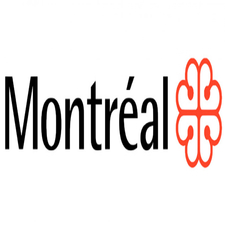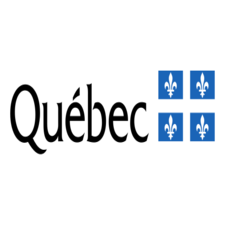3D
Type of resources
Topics
Keywords
Contact for the resource
Provided by
Formats
Representation types
Update frequencies
status
-

Digital model of 3D LOD2 buildings with textures in CityGML and 3DM format of some boroughs of Montreal. The [digital terrain model (MNT)] (https://donnees.montreal.ca/dataset/modele-numerique-de-terrain-mnt) of these districts is also available to present the complete digital model of the territory. **This third party metadata element was translated using an automated translation tool (Amazon Translate).**
-

Digital model of 3D LOD2 buildings with textures in CityGML, 3DM and GDB format and in DWG format without textures of some Montreal boroughs. [The digital terrain model (MNT)] (https://donnees.montreal.ca/ville-de-montreal/modele-numerique-de-terrain-mnt) of some districts is also available to present the complete digital model of the territory.**This third party metadata element was translated using an automated translation tool (Amazon Translate).**
-

Digital model of 3D LOD2 buildings with textures of the Le Sud-Ouest and Ville-Marie borough in CityGML and 3DM format. The [digital terrain model (MNT)] (/city-of-montreal/model-numerique-de-terrain-mnt) of the borough is also available to present the complete digital model of the territory. **This third party metadata element was translated using an automated translation tool (Amazon Translate).**
-

3D topographic representation of the territory in the form of a point cloud. LiDAR (Light Detection and Ranging) technology makes it possible to represent the Earth's surface topographically in three dimensions using a laser system mounted on board an aircraft. The very large number of 3D points recorded (up to 400,000 per second) makes it possible to obtain a multitude of details at the level of the ground and surface elements. LiDAR technology quickly, easily, and above all accurately provides the altitude of ground details and elements above ground, even in the presence of dense vegetation. The uses are: creation of a digital terrain model (MNT), creation of level curves, creation of level curves, volume calculation, planning, calculation of tree heights, mapping of building roofs, 3D modeling of cities, etc. Source: XEOS Imaging Inc. **This third party metadata element was translated using an automated translation tool (Amazon Translate).**
-

An accurate representation of the relief is essential for a large number of land management applications. Digital terrain models (DTM) and digital surface models (MNS) are simplified representations of ground altimetry. The MNT is a representation of the altitude of “bare ground” without infrastructure, while the MNS reproduces the shape of the Earth's surface by including all the permanent and visible elements of the landscape such as the ground and buildings. It is possible to add vegetation by including the [Numerical Canopy Model (MNC)] (/city-of-montreal/model-numerique-de-canopee-mnc).**This third party metadata element was translated using an automated translation tool (Amazon Translate).**
-

Non-georeferenced model of downtown Montreal (2011) covering the electoral districts of Peter-McGill and Saint-Jacques (partially). The data under this model has no legal value.**This third party metadata element was translated using an automated translation tool (Amazon Translate).**
-

The numerical canopy model (MNC) is a representation of the altitude of the canopy. This 3D representation of the arboreal vegetation corresponds to the 2015 2D canopy. If necessary, the MNC can be coupled with the [Numerical Surface Model (MNS)] (/city-of-montreal/numeric-surface-model) 2015 in order to obtain more detailed coverage.**This third party metadata element was translated using an automated translation tool (Amazon Translate).**
-

High-resolution relief data produced from LiDAR surveys and limited to crop plots are particularly useful in the agricultural sector since they make it possible to model surface drainage in order to identify drainage problems or the risks of soil erosion. Agronomic interpretation will take advantage of this information not only in the form of the numerical terrain model and the shading, but also with the level curves, flow paths and basins located inside the cultivated plots, as delimited by the database of declared agricultural plots and productions (BDPPAD) of the Financière Agricole du Québec (FADQ). Level curves of 1 m covering the entire treated territory excluding cultivated plots (agricultural, forest, urban, etc.) are also available. These new data are the result of a collaboration between the MRNF and the MAPAQ, and they are offered thanks to the open valorization of data initially derived from LiDAR to the MRNF Forest Inventory Directorate (DIF). We hope that this data will support better soil and water management interventions, in order to mitigate the consequences of climate change, and to promote sustainable agriculture.**This third party metadata element was translated using an automated translation tool (Amazon Translate).**
 Arctic SDI catalogue
Arctic SDI catalogue